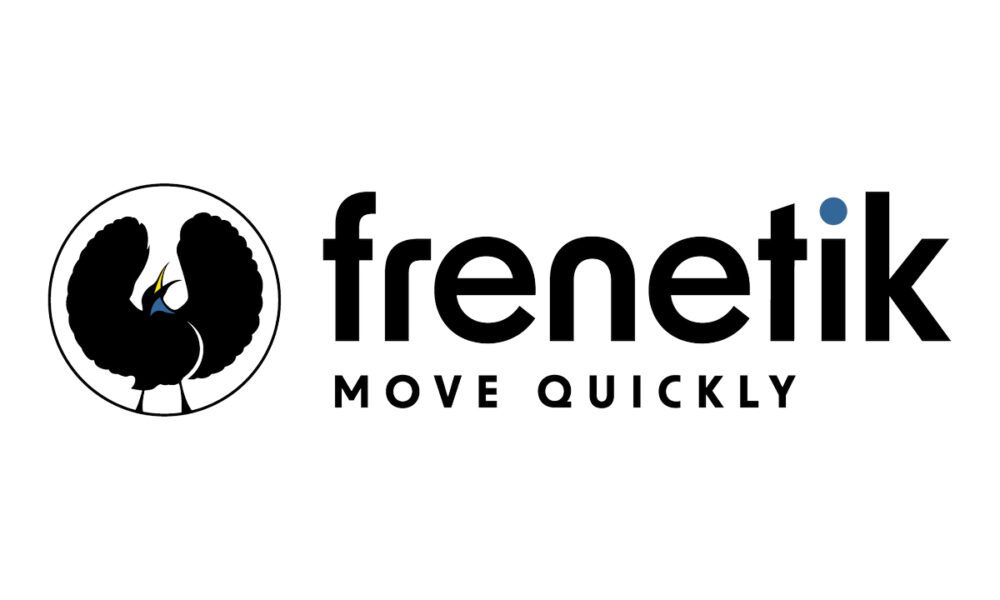Freelancing allows freedom, the chance to work with clients anywhere in the world, and gives flexibility in work. However, most freelancers hit a snag when it is time to receive their payment, slow pay, large payment processing costs, and a threat to security. Virtual cards are also being introduced as an easy, safe, and effective means of money transfer to be received and controlled by freelancers.
The Payment Challenges Freelancers Face
As a designer, writer, consultant, or developer, it is important to be able to receive payments conveniently and in a timely fashion. Among those problems are:
- Slow international customer bank transfers
- Large costs of payment sites or exchange rates
- Dangers of fraud on bank account sharing
- Difficulty in tracking multiple payments on projects
Such difficulties may lead to a disturbance in cash flow and cause financial management to be more stressful.
How Virtual Cards Simplify Payments?
A virtual card is a web-based payment card connected to your bank account or payment platform that is generated online. Clients will be able to submit payments on your virtual card the same way they would on a debit or credit card, with additional security and flexibility ty.
Key Benefits for Freelancers
- Faster Access to Funds: Contrary to the days when it used to take days before money was settled, most virtual card systems enable instant payment, and therefore, you do not have to wait such a long time.
- Lower Transaction Costs: Fees can be less than what international payment gateways are charging, with the correct provider.
- Privacy Protection: Your true banking information remains confidential, and the possibility of fraud is reduced.
- Easy Budget Management: Another way that makes income easy to trace is the fact that you can open individual virtual cards to each client or project.
How to Use Virtual Cards for Client Payments
- Choose a Reliable Provider: Use an online tool like OnlineCheckWriter to generate virtual cards in a short time and with maximum security.
- Assign Cards to Clients: Create a unique virtual card number per client. This enables them to easily follow up on payments and the payment dates.
- Share Card Details Securely: You can send your virtual card details to your clients through the use of encrypted email or a secure invoicing system.
- Set Spending Limits: You can have spending limits for recurring contracts so that it does not overcharge during the cycle.
Real-World Example
A freelance web developer who deals with customers in the USA, the UK, and Australia utilises various virtual cards per client:
- Incoming payments are instant, and in the right currency.
- The income of every project is automatically divided in terms of taxation.
- In the event that a card is busted, the payment channel of one client is affected only.
Why Clients Like Virtual Cards Too?
- They are also able to pay immediately without establishing complex bank transfers.
- Secure channels are used in making payments.
- They find it easy to have evidence of payments on their records.
Final Thoughts
Virtual cards can take away much of the pain of being paid in cash, she said, especially by freelancers, with their convenience, security, and more effective accounting. You can use Virtual Card to issue individual cards to each client, collect money immediately and easily control your freelance earnings.





























